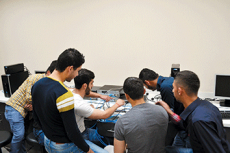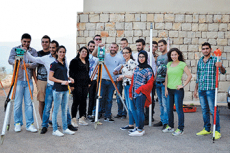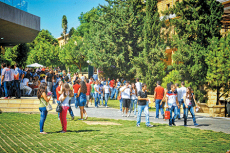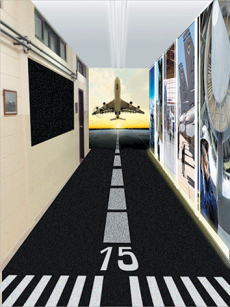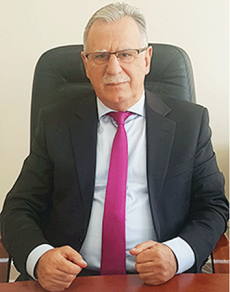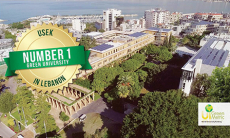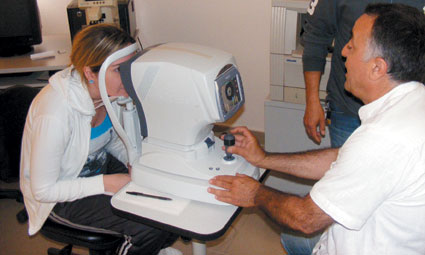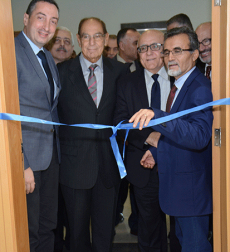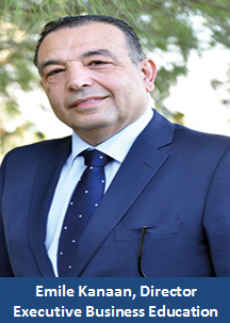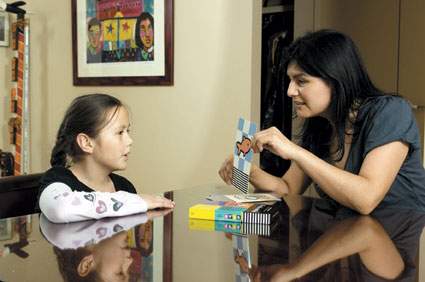AUB student project wins at regional Holcim Awards for sustainable construction
Students Marylynn Antaki, Christina Attiyeh, Mira Boumatar, Romy El Sayah and Yara Rahme from the Department of Architecture at American University of Beirut, Lebanon received the fourth prize ($7500) in the “Next Generation” category, for an urban energy recovery and development concept for the city, called “waste-to-energy.”
The Next Generation category was open to young professionals and students under 30 years of age. The regional edition of the Holcim Awards distributed a total of $330,000 over 12 prizes under three categories: Main prize, Next Generation , and Acknowledgements.
The regional Holcim Awards for the Middle East and Africa received this year over 6000 submissions of which nearly 2500 were considered eligible. Some 300 projects competed for prizes in The Next Generation category alone.
The worldwide competition, which takes place every three years, is designed to focus the minds of architects, planners, engineers and project owners on creating innovative construction solutions that truly champion sustainability, in terms of environmental, social and economic performance , while also exemplifying architectural excellence and a high degree of transferability.
The AUB student team, supervised by architecture professors Rana Haddad and Maha Nasrallah, designed a waste-to-energy plant for the industrial Bouchrieh area, which currently suffers from daily power outages, an overflow of waste, and minimal recognition of skilled technicians. The project redefines what is considered waste by providing much-needed electricity to the neighborhood.
“Making the problem an integral part of the solution, the thermal treatment plant is a viable solution to be implemented in other parts of the country that are suffering from a lack of basic energy amenities,” said the proposal statement, submitted to the competition by the team.
The $100,000 Gold prize went to a team from Turkey for designing an ecological park for sustainable research and technology.
Meanwhile, the Lebanese team led by architect Raed Abillama landed the $50,000 Silver prize for proposing a rehabilitation plan for Beirut’s pine forest, or Horsh el-Snoubar The urban plan develops the facilities and services needed in the park to open it to the public, and promoting it for cultural, social, sports, and environmental activities – while also maintaining and conserving the park’s natural habitats. Environmental standards and urban needs will be integrated in a seamless way, enhancing the sense of belonging to the wider community. The urban plan develops the facilities and services needed in the park to open it to the public, and promoting it for cultural, social, sports, and environmental activities – while also maintaining and conserving the park’s natural habitats. Environmental standards and urban needs will be integrated in a seamless way, enhancing the sense of belonging to the wider community.
An Ethiopian team won the $30,000 Bronze prize for creating affordable housing in urban settings that uses prefabricated items and allows homeowners to complete the construction themselves, installing building components and finishes according to their needs.
Gold, silver, and bronze winners automatically qualify for the International Holcim Awards, which will take place in 2015.
For details about all the winning projects, please check: http://www.holcimfoundation.org/Awards
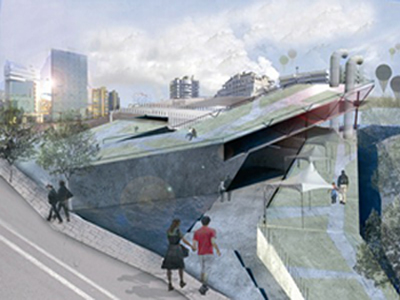
AUB winning project: waste-to-energy plant
Photo courtesy of Holcim Foundation
Because projects are evaluated by a highly competent, independent jury, winning a Holcim Awards prize confirms the merit of a particular project on an international scale. According to the Holcim Foundation, which organizes the competition, more than half of past winning projects have been completed or being implemented.
Holcim Awards submissions for projects in Africa Middle East were evaluated by an independent jury hosted by the American University of Beirut and headed by AUB Architecture Professor Howayda Al-Harithy. Members of the jury also included Marc Angélil (Switzerland), Javier de Benito (Switzerland), Aziza Chaouni (Morocco), Fasil Giorghis (Ethiopia), Daniel Irurah (South Africa), Francis Kéré (Burkina Faso), Hansjürg Leibundgut (Switzerland), and Amer Moustafa (United Arab Emirates).
AUB was chosen as a partner university by Holcim Foundation for Sustainable Construction, which only works with some of the world’s leading technical universities including The Swiss Federal Institute of Technology (ETH Zurich), Massachusetts Institute of Technology (MIT) in Cambridge, USA; Universidad Iberoamericana (UIA) in Mexico City, Mexico, École Supérieure d’Architecture de Casablanca (EAC) in Morocco; and Tongji University in Shanghai, China are partner universities. The Universidade de São Paulo (USP), Brazil and University of the Witwatersrand (Wits) in Johannesburg, South Africa, are associated universities of the Holcim Foundation.
Partner universities exchange research and technical expertise with Holcim Foundation in the service of sustainability in construction.
The foundation chose AUB as a partner because “it is famous in the region for its technical leadership in engineering and its competence in sustainable construction.”
The Holcim Foundation for Sustainable Construction was created in 2003 to raise awareness of the important role that architecture, engineering, urban planning and construction have in achieving a more sustainable future – and to globally encourage critical interdisciplinary and long-range perspectives.
Swiss-based Holcim is one of the world’s leading suppliers of cement and other building materials.







